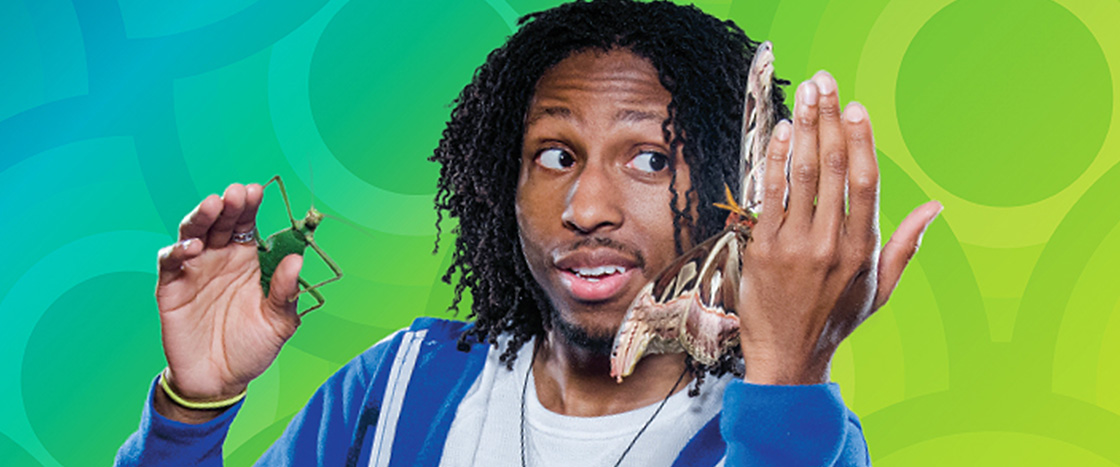When Samuel Ramsey was a child, he was terrified of insects. His parents gave him books about insects to help him tackle his fears. As Ramsey read more about the critters, his fear changed to fascination. Within a year, he had checked out every young adult book about insects in the library. “As a kid who was always the smallest in my class, it was exciting to see the cool stuff a small creature could do,” he says.
Today Ramsey (who goes by Dr. Sammy) is an entomologist—a scientist who studies insects—at the University of Colorado. He has studied bees, stink bugs, and even a 15 centimeter (6 inch)-long jungle nymph. That’s one of the largest insects in the world! To share his love of insects with others, Ramsey hosts videos about insects on his YouTube channel, called Doctor Buggs.
Ramsey recently traveled to the Southeast Asian country of Thailand. There he studied honeybees and the parasites that live in their nests. Parasites have contributed to declines in honeybee populations. Ramsey wants to understand how to change that. He recently spoke with Scholastic about his work.
Samuel Ramsey was scared of insects when he was a child. His parents gave him books to help tackle his fears. They were about bugs. Ramsey read about them. And his fear turned to wonder. A year passed. He checked out every children’s book about insects in the library. “As a kid who was always the smallest in my class, it was exciting to see the cool stuff a small creature could do,” says Ramsey.
Today, Ramsey goes by Dr. Sammy. He works at the University of Colorado. He’s an entomologist. That’s a scientist who studies insects. Ramsey has studied bees, stinkbugs, and even a jungle nymph. It can reach 15 centimeters (6 inches) long. That makes it one of the largest insects in the world! Ramsey likes to share his love of insects with others. He hosts videos about insects on his YouTube channel. It’s called Doctor Buggs.
Ramsey recently traveled to Thailand. That’s a Southeast Asian country. There he studied honeybees. He also studied parasites. Some parasites live in bees’ nests. Parasites are one reason honeybee populations are falling. Ramsey wants to learn how to change that. He recently spoke with Scholastic about his work.


